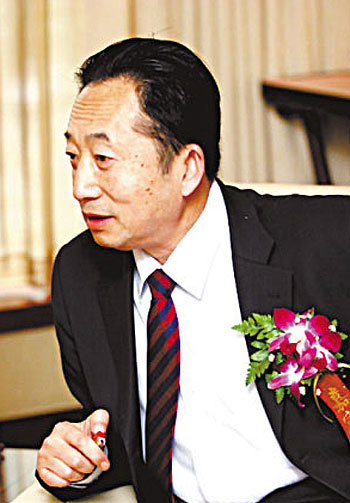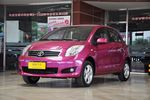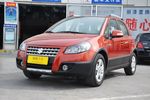December 9, Premier Wen Jiabao chaired a state council executive meeting. The members studied how to improve policy to promote consumption and discussed and approved the Suggestions on Trial of Social Insurance Fund Budget in principle. In the meeting the policy of half cut on the purchase tax which will expire at the end of the year, a highly-concerned topic by the automotive industry, has been finally worked out. The current existing 5% purchase tax becomes 7.5%, which will expire by the end of 2010. Thus, the purchase tax has been cut to a quarter from the current level, which can be considered as a shrink of benefit. In this regard, Auto.sohu.com interviewed the Secretary-General of the National Association of Passenger Cars, Mr. Rao Da on the matter of the policy adjustment and its impact on automobile industry.
| |
Rao Da, Secretary-General of National Association of Passenger Cars
Mr. Rao believed that the favorable shrinking of purchase tax was within the early anticipation. As early as this August he had foreseen that there must be some policy that are favorable to the real economy, and China’s automobile industry would be the first to go. The current shrinking of purchase tax is only a start. If the auto market still enjoys booming next year, then there will be other follow-up measures to be carried out in the country. Rao Da pointed out that the current rapid development of the automotive market was abnormal. The high paced growth is hot bed of a series of problems and intensified social contradiction. If 10 million cars were sold out this year, it means an outcome of 10 million new drivers. What a huge number of car accidents will occur! The rapid growth of auto market brings out serious test to the department of police, transportation and environmental protection, etc.
If China’s car market grows at the speed of normal rate of 10%, then by 2020, China will sell 36 million vehicles. The maintain volume also will reach 240 million, which is well beyond U.S. However, the numbers of roads in China is only half of that of United States. What worse, the road condition and traffic in China is not that qualified. The congestion at that time would be much tougher than expectation.
Rao Da spoke highly of the beneficial shrinking of purchase tax. It is impossible for China’s auto market to continue the growth rate of 45%. The sales by the end of the year will be more than 13.6million, but this kind of days won’t last very long. Implementation of the policy is a brake for those auto companies who determined to expand and invest in large scale. The shrinking of purchase tax concessions signals that the aid policy is turning its back. It is automobile industry that first retreats in the manufacturing sector.
Rao thought the adjustment of the policy would not have too much impact on next year’s auto market. The trend of car consumption brought by the Post-80s imposed great pressure on the Post-70s and Post-60s, which is a spur for the car consumption. Car has been transformed from a luxury belonging to middle-income families to a necessity. The change has already begun, and it is irreversible. The preferential policy only accelerated this change.
Rao expected the car market next year would undergo a period from high to low. Growth rate in January and February will be no less than 40%. “Single policy can not function well. As to the automobile industry, more measures for withdraw will be launched next year, at least three measures,” Rao Da said. He added that the car market still would increase by 10% next year. After all, the automobile industry is a useful tool to stimulate consumption. (Translator: Qinghua /Sailor)
See original Chinese report Please click

















![[车春秋]成品油价格再次上调](http://i1.itc.cn/20101222/29e_a9dd0c61_1984_4e01_84af_f99c33103082_0.jpg)







